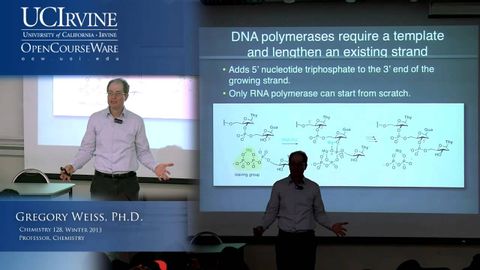
字幕與單字
化學生物學概論128.講座06.DNA與小分子的反應性。 (Introduction to Chemical Biology 128. Lecture 06. DNA Reactivity with Small Molecules.)
00
Scott 發佈於 2021 年 01 月 14 日收藏
影片單字
prime
US /praɪm/
・
UK /praɪm/
- v.t.使準備好; 在...上塗底色;引爆
- adj.品質最好的;第一流的;最重要的;最合適的;質數
- n.黃金時期;鼎盛時期;底漆;質數;最優惠利率
A2 初級多益中級英檢
更多 使用能量
解鎖所有單字
解鎖發音、解釋及篩選功能
